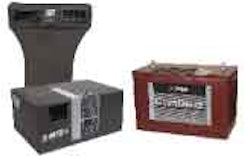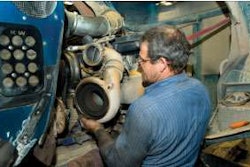Three positive reports came in today about the state of trucking (or the economy) at the end of last year. These agree with recent earnings statements from publicly traded truckload carriers, most of which made strong profits in the fourth quarter.
There’s been no influx of new drivers, and the onset of new safety measures is widely expected to further constrict the driver pool. So there should be good demand still for owner-operators and company drivers for months to come.
* That demand is precisely what’s measured by FTR’s Trucking Condition Index, which reflects tightening conditions for hauling capacity. It rose to 7.1 in December, the highest level yet recorded during the current recovery.
“Current conditions and strong prospects going forward are expected to steadily raise this index – possibly to a new record in early 2012,” says FTR, a trucking consulting group. “The current readings as well as the forecast for the next few years bodes well for increased vehicle utilization and solid pricing power for carriers through the period.”
* Landstar Systems, the largest owner-operator carrier, reported to stockholders a 30 percent rise in its fourth quarter profits. Freight demand was strong except for its less-than-truckload division.
Excluding the LTL decline, said Landstar chief Henry Gerkens, “The total number of truck transportation loads hauled in the 2010 fourth quarter increased 8 percent over the 2009 fourth quarter and revenue per load for truck transportation for the fourth quarter of 2010 increased 12 percent over the 2009 fourth quarter.”
* Economic activity in the manufacturing sector expanded in January for the 18th consecutive month, according to the Institute for Supply Management’s monthly survey of U.S. supply executives. The PMI — ISM’s composite index of manufacturing activity — stood at 60.8 percent in January, up 2.3 percentage points from December.
Index values above 50 percent mean that the manufacturing sector is growing.










